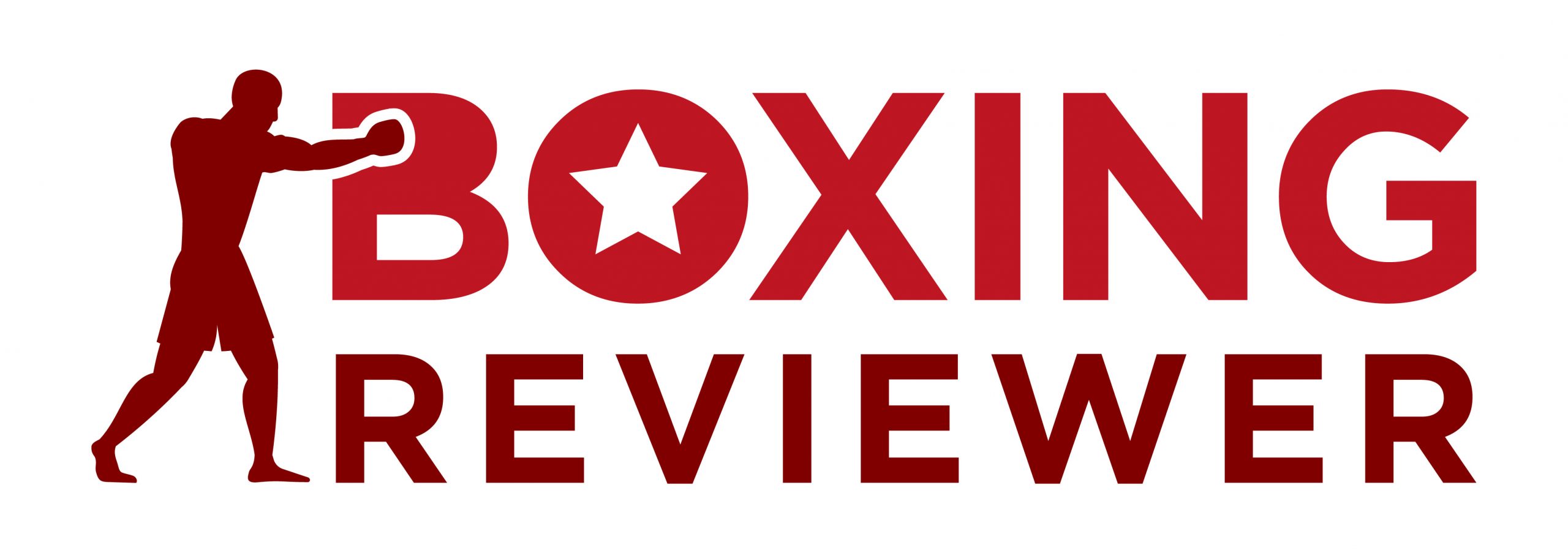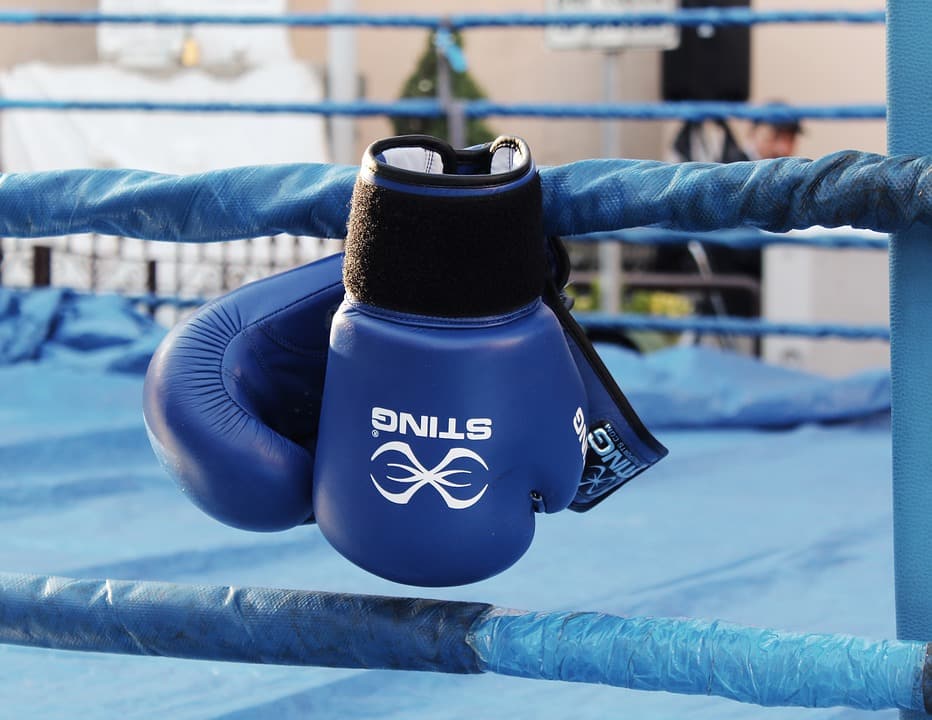Boxing glove weight is an important, yet often misunderstood aspect of the sport. How exactly does the weight of the glove play a role in your training and sparring? Why are there different weights of boxing glove? And what are they all for?
We’ve been through this in other articles - including one where we talk about what weight boxing gloves you should get and why, but in this article we’re specifically going to look at professional competition gloves, as the type of glove you’ll use for professional competition won’t necessarily be the same as the one you use when you train.
Let’s first look at why professionals use differently weighted gloves, and the type of glove you ought to use depending on the type of boxing you do and how heavy you are.
Note - we’re also going to talk about sanctioned amateur boxing here, as while these boxers might not have officially turned professional, amateur boxing is also very organised and driven by rules, and deserves a mention.
Why boxing gloves are different weights
We won’t go into this section in a huge amount of detail, since we’ve already covered it in the article linked above. However, there are several different types of boxing gloves - training gloves, sparring gloves, bag gloves, etc. Training gloves tend to sit around the 10oz - 12oz range, pure bag gloves will be a lot lighter at 6oz - 10oz and sparring gloves are at least 14oz and usually 16oz to ensure the safety of your opponent.

What you use in training won’t necessarily be what you use in professional competition. We should also state that what’s written below is a general guide based on experience. This doesn’t in any way overrule the regulations of the governing body sanctioning your fight. They should tell you what kind of gloves to use - and nothing here replaces that.
We’re also going to talk about male and female boxing here - generally female boxing weight categories are lighter than male categories by about one division - e.g. welterweight in male boxing would be middleweight in female boxing.
What weight boxing gloves do professionals use?
Male Boxers
Male amateur boxing - welterweight and lighter (152lbs or less)
Fighters in this category tend to wear 10oz gloves
Male professional boxing - welterweight and lighter (152lbs or less)
Fighters in this category tend to wear 8oz gloves
Male amateur boxing - heavier than welterweight (152lbs or more)
Fighters in this category tend to wear 12oz gloves
Male professional boxing - heavier than welterweight (152lbs or more)
Fighters in this category tend to wear 10oz gloves
Female Boxers
Female amateur boxing - welterweight and lighter (152lbs or less)
Fighters in this category tend to wear 8oz gloves
Female professional boxing - welterweight and lighter (152lbs or less)
Fighters in this category tend to wear 6oz gloves
Female amateur boxing - heavier than welterweight (152lbs or more)
Fighters in this category tend to wear 10oz gloves
Female professional boxing - heavier than welterweight (152lbs or more)
Fighters in this category tend to wear 8oz gloves
A guide to the different weight divisions
Just in case you’re not sure where you should be (although if you’re going for a sanctioned fight, you should have a pretty good idea) so we’ve put together a handy table, so you can see which weight division you’re in and as such, the weight of the gloves you should be using for professional/amateur sanctioned fights.
We’ve done this by what’s generally agreed for amateur boxing. The reason for this is that it’s standardised - while the weight classes for heavyweight among all the awarding bodies is very similar, there are some discrepancies (particularly with the WBC) in terms of what certain weights are called and the actual limits.
Unfortunately there’s no universal agreement on weight divisions for female professional boxing, but there are for amateur boxing, so this is another reason why we went for the weight divisions at amateur level.
Note - these are weight limits. e.g if you weigh 160lbs, you’re below the middleweight limit, but above the welterweight limit - so you’re a middleweight. If you put on some weight to 170lbs, you’d then be above the middleweight limit but below the light-heavyweight limit, so you’d be in the light-heavyweight division.
Weight | Male (kg) | Male (lbs) | Female (kg) | Female (lbs) |
Light flyweight | 49kg | 108lbs | Does not exist at amateur level | Does not exist at amateur level |
Flyweight | 52kg | 115lbs | 48kg | 106lbs |
Bantamweight | 56kg | 123lbs | 51kg | 112lbs |
Featherweight | Does not exist at amateur level | Does not exist at amateur level | 54kg | 119lbs |
Lightweight | 60kg | 132lbs | 57kg | 126lbs |
Light welterweight | 64kg | 141lbs | 60kg | 132lbs |
Welterweight | 69kg | 152lbs | 64kg | 141lbs |
Middleweight | 75kg | 165lbs | 69kg | 152lbs |
Light heavyweight | 81kg | 178lbs | 75kg | 165lbs |
Heavyweight | 91kg | 201lbs | 81kg | 179lbs |
Super heavyweight | Anything over 91kg | Anything over 201lbs | Anything over 81kg | Anything over 179lbs |
Thanks to the guys over at britannica.com for this information.
Choosing a pair of gloves for a fight
Of course, all this information is helpful, but really before you go into any fight you need to test a few different pairs of gloves to see how they feel. Not all gloves are created equal, and there will be certain types of glove you prefer to others. Try a few on and see how you get on with them.
We’ve written a few guides on choosing some of the gloves available on the market, including reviews and tips on choosing the right gloves. Check them out below:


0 comments